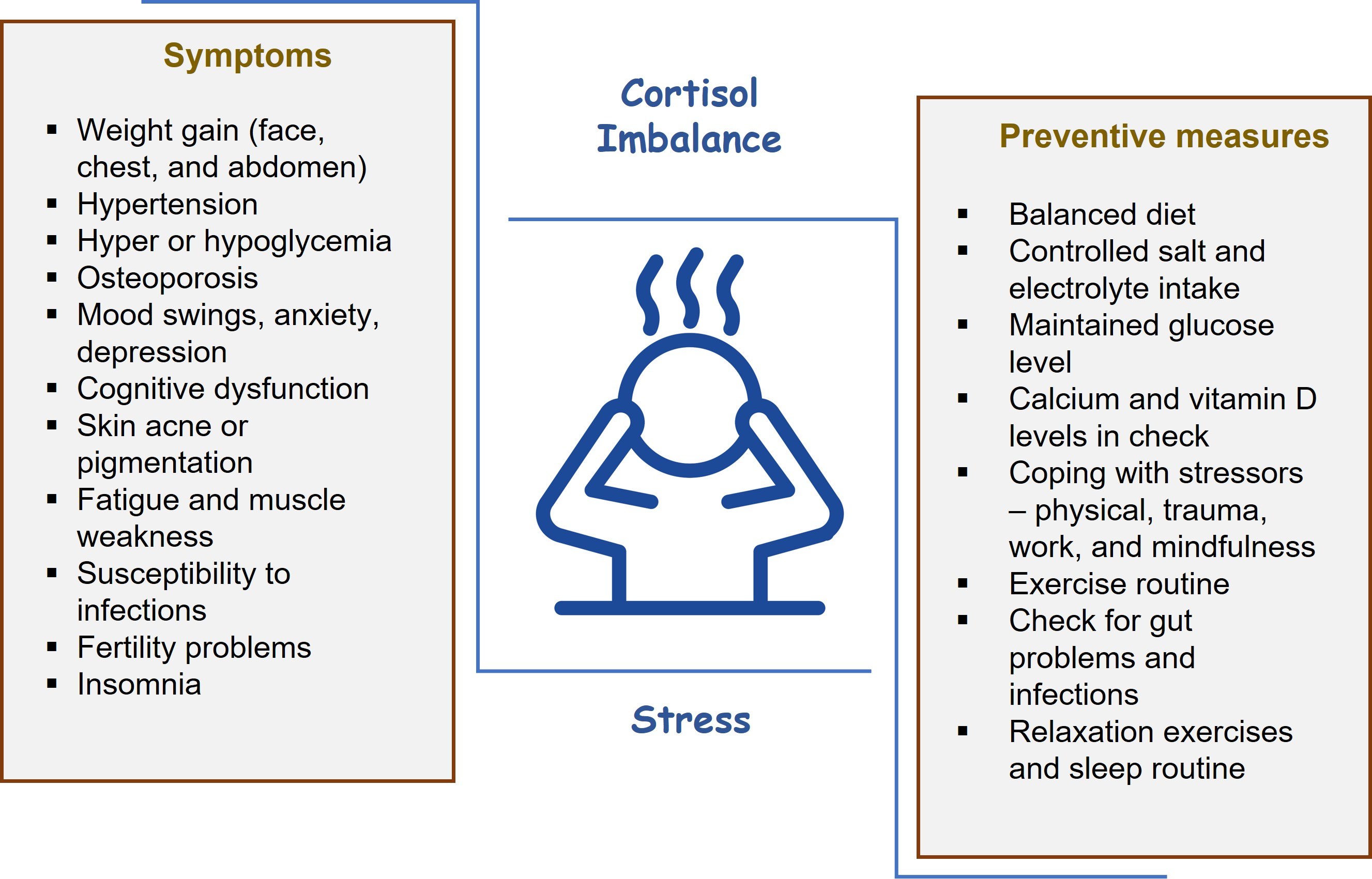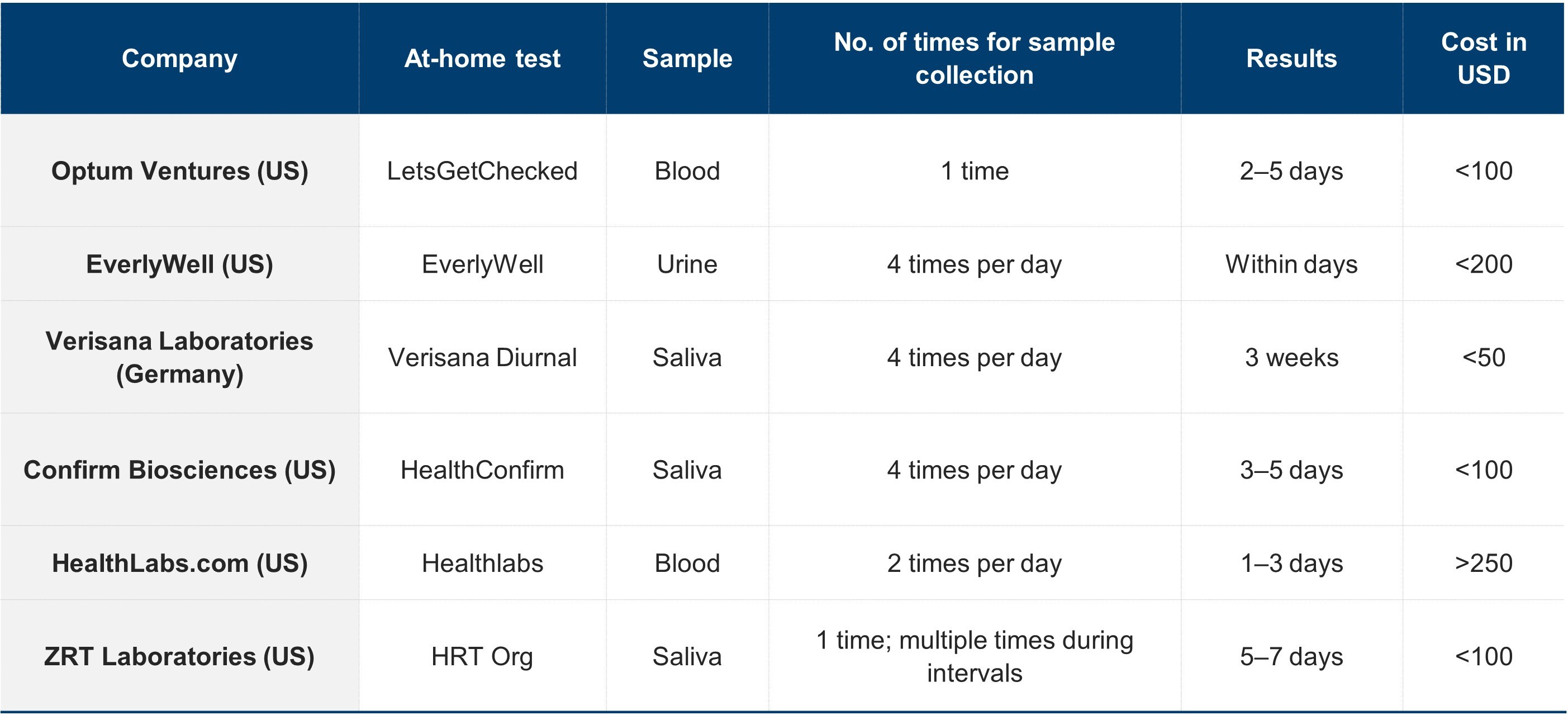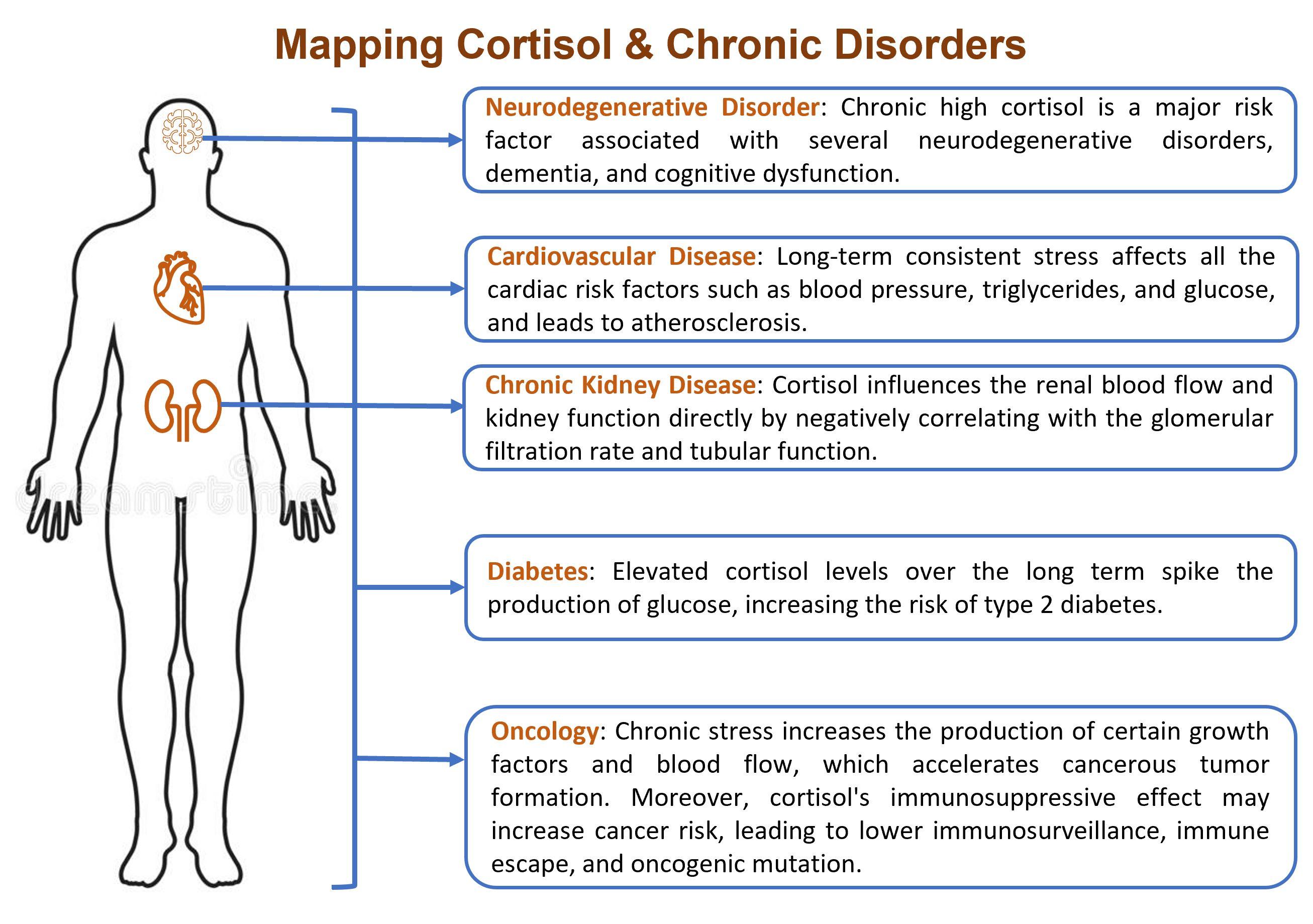Stress, Cortisol, and Chronic Disorders: Connecting the Dots with Sensor Technology
Published on 17 May, 2022

Cortisol is an important steroid hormone secreted by the body to manage stress and several other biochemical functions. A slight imbalance in it can cause serious health problems and impact the individual psychological status by stimulating mood, anxiety, motivation, and fear. Similar to glucose and cholesterol, this stress marker should be monitored and kept in check to ensure health and well-being. Recently, alongside invasive blood tests, minimally invasive and non-invasive technologies are being developed to make life simpler for individuals and address this issue efficiently.
The hypothalamus and pituitary glands of the brain coordinate with the adrenal gland to fine-tune blood cortisol levels. In addition to handling stress, cortisol manages vital functions such as regulation of blood pressure and glucose, metabolism, sleep/wake cycle, inflammation check, fertility, and memory formulation. Due to its varied function, almost every cell in the human body has cortisol receptors, allowing them to use the hormone as required.
Blood cortisol levels are linked to daily activity patterns. It spikes during stress, which in turn stimulates the heart rate, blood pressure, and energy levels to help the body counter and neutralize it. In case of abnormal conditions, for example, a tumor in the adrenal gland, cortisol levels can get altered; too much cortisol leads to Cushing syndrome, while too little leads to Addison’s disease. Other symptoms associated with cortisol imbalance are shown in the table below.

Maintaining the right cortisol levels in the body is essential and if there is an imbalance, it should be quickly tracked and monitored. While blood tests are the most common method of checking cortisol levels, other novel, minimally invasive, and non-invasive methods have been developed commercially to address this imbalance.
Cortisol Sensing Technologies- Sweat- or Saliva-based Sensors
- A team of researchers from Caltech has reported a new wearable sensor that can monitor changes in cortisol levels directly from the sweat of the skin. Made of graphene and carbon, the sensor has pores that contain cortisol antibodies. Once the sweat reaches these antibodies, they bind to the cortisol, which sends an electronic signal.
- Researchers at Stanford University have designed a stretchy patch that can be applied directly to the skin to self-monitor cortisol levels. The sweat cortisol binds to the cortisol-sensitive membrane in the patch and inhibits the movement of potassium ions from sweat through it. Hence, this ionic movement through the membrane gives an indirect measure of sweat cortisol that can be measured electrochemically.
- The University of Texas, Dallas, has developed CortiWatch, a watch-based cortisol tracker for self-monitoring. The team has designed a potentiostat on a printed circuit board to perform electrochemical testing.
- Nanolabs and researchers from the University of Cincinnati have developed aptamer-based biosensors to detect cortisol levels in sweat and saliva, respectively. The aptamer carries a negative charge, and when it detects cortisol, the strands of the aptamer fold onto themselves, bringing the charge closer to the electrode surface. This biological conformation change creates a measurable electrical or colorimetric signal.
- The UCLA research team has also developed a smartwatch that assesses cortisol levels in sweat accurately, non-invasively, and in real-time.
- Skoltech researchers have developed implantable, invasive, fluorescent sensors for continuous cortisol detection. The free cortisol binds to antibodies and displaces labeled cortisol-BSA complexes in nanoscale gold “islands” on the sensor.
- A few other commercially available minimally invasive cortisol sensing kits are tabulated below.


The potential and expanding market for cortisol detection technologies is still largely unexplored. Though blood-based analysis is comparatively accurate, due to its limitations for continuous monitoring, other non-invasive approaches for analyzing cortisol in sweat, saliva, and urine are gaining popularity. As cortisol serves as a vital marker and is mapped with chronic diseases, such diagnosis platforms could provide real-time data for early prognosis and management of associated long-term disorders.

